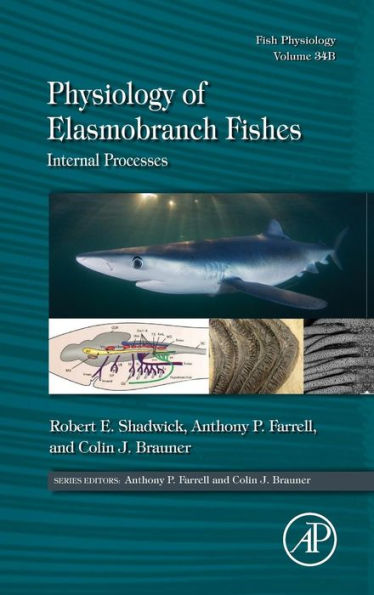5
1
9780128012864



Physiology of Elasmobranch Fishes: Internal Processes available in Hardcover, eBook

Physiology of Elasmobranch Fishes: Internal Processes
- ISBN-10:
- 0128012862
- ISBN-13:
- 9780128012864
- Pub. Date:
- 11/16/2015
- Publisher:
- Elsevier Science
- ISBN-10:
- 0128012862
- ISBN-13:
- 9780128012864
- Pub. Date:
- 11/16/2015
- Publisher:
- Elsevier Science

Physiology of Elasmobranch Fishes: Internal Processes
$120.0
Current price is , Original price is $120.0. You
120.0
In Stock

Product Details
| ISBN-13: | 9780128012864 |
|---|---|
| Publisher: | Elsevier Science |
| Publication date: | 11/16/2015 |
| Series: | Fish Physiology , #34 |
| Pages: | 580 |
| Product dimensions: | 6.20(w) x 9.10(h) x 1.30(d) |
About the Author
What People are Saying About This
From the B&N Reads Blog



